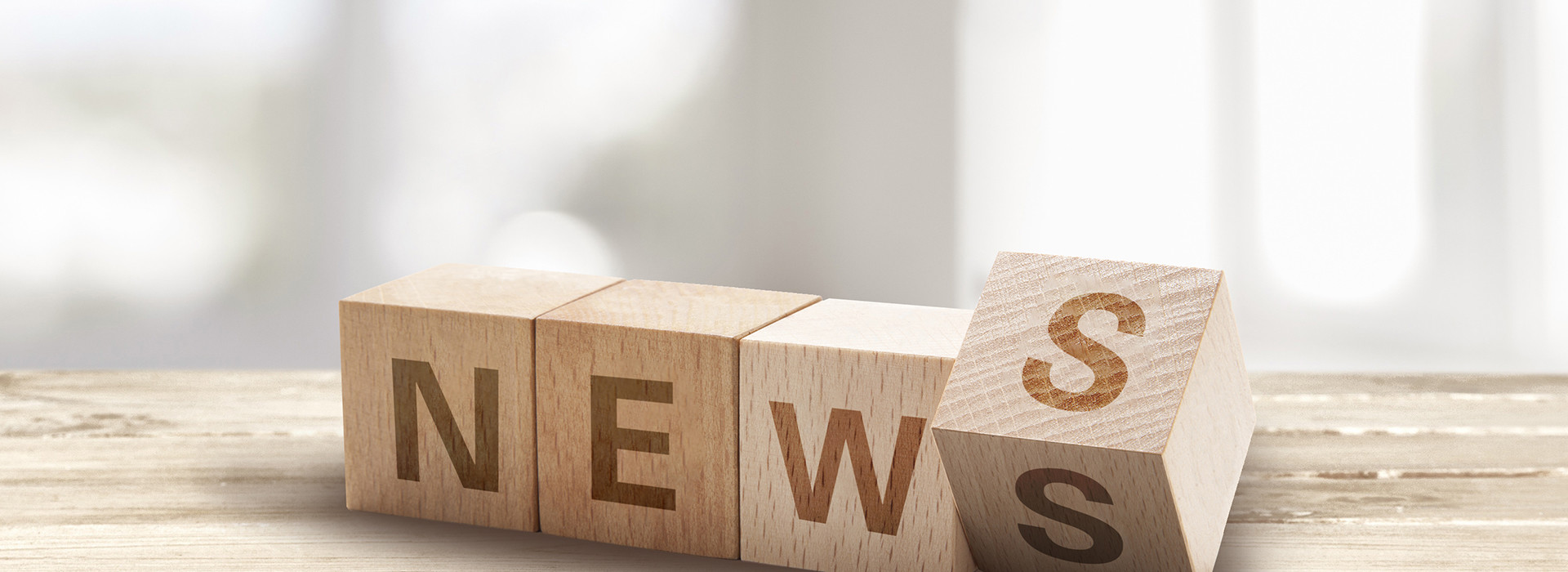
Compared with traditional oxyacetylene, plasma and other cutting processes, laser cutting has the advantages of fast cutting speed, narrow slit, small heat affected zone, good verticality of slit edge, smooth cutting edge, and many kinds of materials that can be cut by laser. Laser cutting technology has been widely used in the fields of automobiles, machinery, electricity, hardware and electrical appliances.

Several key technologies of laser cutting machine are the comprehensive technology of light, machine and electricity integration. In a laser cutting machine, the parameters of the laser beam, the performance and precision of the machine and CNC system directly affect the efficiency and quality of laser cutting. Cutting accuracy is the first element to judge the quality of CNC laser cutting machine. So, what are the factors that affect the cutting quality of laser cutting machines?
Factors affecting the cutting quality of laser cutting machines include cutting speed, focus position, auxiliary gas, laser output power, and workpiece characteristics, etc., which will be analyzed in detail below.
1. One of the factors affecting the cutting quality of laser cutting machines: laser output power;
The laser cutting machine generates energy from the laser beam output by the continuous wave. The size of the laser power and the selection of the mode will affect the cutting quality. In actual operation, it is usually adjusted to a higher power to meet the requirements of cutting thicker materials. The beam pattern (the distribution of beam energy across the cross-section) is more important at this point. A higher power density is obtained at the focal point and a better cutting quality is obtained under the condition of less than high power. The pattern is not consistent throughout the effective operating life of the laser. The condition of the optics, subtle changes in the laser operating gas mixture, and flow fluctuations can all affect the mode mechanism.
2. The second factor affecting the cutting quality of the laser cutting machine: focus position adjustment;
The relative position of the focal point and the workpiece surface is particularly important to ensure the quality of the cut. In most cases, the focal position is just at the surface of the workpiece, or slightly below the surface when cutting. During the whole cutting process, ensuring the relative position of the focus and the workpiece is constant is an important condition to obtain stable cutting quality. When the focus is in a better position, the kerf is smaller, the efficiency is higher, and the better cutting speed can achieve better cutting results. In most applications, the beam focus is adjusted to just below the nozzle. The distance between the nozzle and the surface of the workpiece is generally about 1.5mm.
After the laser beam is focused, the spot size is proportional to the focal length of the lens. After the beam is focused by a short focal length lens, the spot size is small, and the power density at the focal point is high, which is very beneficial for material cutting; the disadvantage is that the focal depth is very short, and the adjustment margin is small. Suitable for high-speed cutting of thin materials. The telephoto long lens has a wider focal depth and sufficient power density, which is more suitable for cutting thick workpieces.
3. The third factor affecting the cutting quality of the laser cutting machine: cutting speed;
The cutting speed of the material is proportional to the laser power density, that is, increasing the power density increases the cutting speed. The cutting speed is inversely proportional to the density (specific gravity) and thickness of the material being cut. When other parameters remain unchanged, the factors to increase the cutting speed are: increase the power (within a certain range, such as 500-2 000W); improve the beam mode (such as from high-order mode to low-order mode until TEM00); reduce the size of the focused spot ( Such as using a short focal length lens to focus); cutting materials with low initial evaporation energy (such as plastic, plexiglass, etc.); cutting low-density materials (such as white pine, etc.); cutting thin materials.
4. The fourth factor affecting the cutting quality of the laser cutting machine: auxiliary gas pressure;
The cutting of materials by laser cutting machine requires the use of auxiliary gas, and the gas pressure is an extremely important factor. The auxiliary gas is ejected coaxially with the laser beam, protecting the lens from contamination and blowing away the slag at the bottom of the cutting area. For non-metallic materials and some metallic materials, use compressed air or inert gas to process melted and evaporated materials while suppressing excessive burning in the cutting area.
For most metal laser cutting, active gas (as long as it is O2) is used to form an oxidative exothermic reaction with the hot metal. This part of the additional heat can increase the cutting speed by 1/3 to 1/2. When cutting thin materials at high speed, higher gas pressure is required to prevent slag sticking to the back of the cut (hot sticking slag onto the workpiece can also damage the cut edge). When the thickness of the material increases or the cutting speed is slow, the gas pressure should be appropriately reduced. In order to prevent the plastic cutting edge from frosting, it is better to cut with a lower gas pressure.
Copyright @ 2020 Shenzhen Box Optronics Technology Co., Ltd. - China Fiber Optic Modules, Fiber Coupled Lasers Manufacturers, Laser Components Suppliers All Rights Reserved.